Contents
NFTs, or "non-fungible tokens", are a unique form of digital asset stored on blockchain such as Ethereum. They can be thought of as individual digital objects, each with a unique digital identity. During the cryptocurrency bull market of 2021, NFT collectibles skyrocketed in value, with popular NFTs like Cryptopunks asking for millions of dollars at auctions like Sotherby's. Beeple's NFT artwork "Everydays: The First 5000 Days" it was sold for $ 69,3 million in March 2021, making it the most expensive NFT artwork ever sold at the time of writing.
Unlike Bitcoin or Ethereum, which are "fungible" tokens (ie each unit of the same token is always interchangeable and identical), each NFT is individually unique, indivisible and not interchangeable. This makes NFTs ideal for representing digital collectible items such as works of art, or virtual goods such as objects or properties in the metaverse.

You don't need old men with a hammer to auction your collectibles on the NFT market.
The immutable nature of decentralized blockchains means that the authenticity of each unique NFT can always be definitively verified through the registrations on the chain. As long as the blockchain on which the NFT is stored continues to exist, the NFT artwork will technically "exist forever" on the digital network.
While NFTs look like nothing more than speculative bubbles to the traditional investor, their emergence signifies the beginning of a new era of private property and property rights. In this article, we will explore the important implications behind NFTs, and introduce 6 more use cases for NFTs with profound socioeconomic implications.
Not just Hype
NFTs bring a radically new paradigm of ownership for works of art and collectibles. Compared to conventional works of art or collectibles, NFTs offer exceptional liquidity and virtually zero transaction costs. NFTs can be sent to anyone, anywhere, anytime, as long as internet connection and wallet access are available to the parties making the transaction.
Unlike traditional collectibles like a physical painting or a statue, which are both fragile and very sensitive to environmental factorsNFT collectors don't have to worry about high costs associated with physical storage or transportation. The brain is the one thing hardcore NFT collectors really need to rely on to store or transfer their valuables on the blockchain network.

Gold and other physical values are relatively expensive to transport, especially in large quantities. Source: NZ Herald
NFTs present users with ultimate ownership rights that are unmatched in any traditional type of collectible: absolute ownership and safekeeping, absolute uniqueness and verifiability, absolute protection from confiscation and instant, borderless transaction with minimal costs and associated risks.
However, the usefulness of NFTs is not simply limited to digital collectibles, as they could very well be one of the most important technological innovations of the 21st century as the building blocks of the decentralized society of Web 3.0.
NFT: "The revolution of value"
Value is a fundamental element of human activity, it is a unique social construct that arises from the agency and from human rationality. More abstractly, value can be thought of as an agreement or consensus between different parties regarding the perceived desirability of certain things. In this sense, consensus is the ultimate foundation of all value assertions, and as multiple parties adopt a certain consensus, the strength of its value proposition also increases.
Gold is the best example where the universal consensus of its intrinsic value has generated an enormous amount of speculative wealth around the world. However, despite the consensus on the value of gold in different cultures and eras, we can attribute more value to certain pieces of gold of the same weight than others. A gold statue created by a master craftsman of an ancient culture is valued at a much higher price than its weight alone would suggest. This is because in addition to exchange value, things could also have a subjective or symbolic value, such as the value that collectors attribute to Picasso's first painting, or the value I attribute to my first drawing in kindergarten, which is subjectively intrinsic. .

Yes, yes, Peter Schiff, gold has intrinsic value, they make great dental fillings!
NFTs offer the best possible way to store and verify these subjective and symbolic values. Unlike traditional cryptocurrencies such as Bitcoin, NFTs make it possible for digital tokens to become immutable containers of "non-fungible" values. The value of the Cryptopunks, for example, would be considered largely speculative and symbolic in nature, since the aesthetic value of the crude pixelated images is practically nil, regardless of the media hype surrounding them. If Cryptopunks weren't NFTs but were normal JPEGs that can be copied and pasted endlessly, they would be completely useless.
In this sense, if decentralized blockchain technology is “The Trust Revolution”, NFTs would be “The Value Revolution”. NFTs fundamentally redefine the ways we could enjoy ownership and control over private property and preserve their unique value, offering a way for us to keep things of subjective or symbolic importance in a timeless digital format that protects them from erosion of natural elements. NFTs also allow us to digitize other rights, such as rights of use, loans, binding contracts or even inheritance. This is because NFT rights can only be enforced through DAO governance through code and consensus, eliminating the need to rely on centralized enforcement of public law to maintain justice and equality. Finally, NFTs can provide us with a way to record provably unique information, stories, and identities of both individual metaverse participants and collective communities, creating a new way to represent unique social identities and express individual beliefs.
The NFT “Play-To-Earn” revolution of digital property rights
The parabolic growth of the NFT Axie Infinity game and its AXS token during the 2021 mid-year crypto bloodbath has led to another round of NFT mania, launching various other blockchain gaming tokens to the moon regardless of the quality of their content. Instead of collectible art, this takeoff was propelled by the NFT-based play-to-earn (P2E) game model of the blockchain metaverse.
The P2E gaming model is another revolutionary step for digital property rights. Decentralized blockchain-based P2E games allow players to truly own game ownership, giving players full custody and control over all digital assets they acquire in the game, storing items such as gaming equipment as NFTs.
This is in stark contrast to conventional online games, where developers can freely terminate their services while having full ownership over all gaming assets acquired by players, leading to countless complaints from customers, from arbitrary account restrictions to real "milking" players through the manipulation of game resources by unscrupulous developers (such as "P2W", or "pay to win"games").
NFT as “proof of work” for Metaverse participants
However, P2E is much more than a player-owned hype concept of “worthless” video game assets. The P2E model is an outline of a decentralized digital ecosystem based on freeing up time and freedom for gamers and other digital participants. This is because all in-game assets acquired by players are basically an abstraction of their time invested in the game, they are not simply "pixels backed by nothing but strings of code". These in-game assets represent a part of the "life" that players choose to invest in digital realities rather than the "real" world.
Think of players' investment in video games as their "proof of work" for the gaming platform itself. When players contribute their time and effort to online games run by centralized developers, they are voluntarily losing their digital productivity and ownership rights to a centralized authority - they are not the owners of their "proof of work" in the game. NFTs redefine this dynamic by leveraging decentralized consensus to "force" private property rights for players through open competition. NFTs provide a method for players to own e they take credit for their creations in video games. What's better than actually owning the "Legendary Sword of Hellfire +10" which I created myself in my favorite online game also like have my name engraved on it as a true masterpiece of a legendary blacksmith, without risk of forgery?

No, wait, mom, I really have a job! I am an NFT locksmith!
In this sense, NFTs can be understood as the "proof of work" of the time and personal effort of each participant in the metaverse. This is because NFTs provide better proof of individual effort at production than anything the physical world has to offer. They can be used both as unique identities for metaverse participants and as unique products or records of efforts / investments as "life story proof" for individuals. NFTs can perfectly store the personal items of any human creation process, and while this feature is currently only used in NFT artwork and collectibles, the "PoW" nature of NFTs can be extended to prove the origin of anything involving an element of meaning personal, such as a personal diary, a greeting card, or even an inheritance will.
It is no longer possible that "playing video games" implies "a waste of life", because, with NFTs, the value of in-game digital assets can now be preserved for as long as the gaming ecosystem itself continues to receive support from the community, raising the qualities and utilities of digital goods closer to those of traditional physical goods.
With the further maturation of the NFT metaverse and Web 3.0 ecosystem and the entry of more participants, the utility and value of NFTs will further increase, as they represent the next evolutionary step of ownership that is technically unattainable in the physical world.
NFTs as a standard of equity in the digital economy
The P2E model introduced by NFTs also addresses the problem of pay-to-win gaming models widely adopted by money-grabbing game developers using incentives through the free market and theoretical dynamics similar to DAO governance. Like all other decentralized blockchain ecosystems, P2E games are backed by community consensus on their desirability. It returns ownership rights of all the time and effort invested by each player in the games and metaverses they love, rewarding their unique efforts with verifiable NFTs. However, player investment is only worthwhile to the extent that the community continues to agree that these games and metaverses are worth playing.
If extreme power inequality arises within a P2E ecosystem due to "pay to win" situations, where wealthy players can simply "buy" all the best equipment and upgrades to gain a superior advantage over other players. cost of equity, the consensus around the gaming platform itself will decrease, thereby decreasing the earning potential of P2E participants and the value of all unique NFT assets owned by “whale” players. If my "Legendary Sword of Hellfire +10" drops in value, I will have less incentive to keep making new gear as players start leaving the game. This means whales will have an incentive to maintain a fair socioeconomic structure within the game if they want to maintain the value of their digital assets.
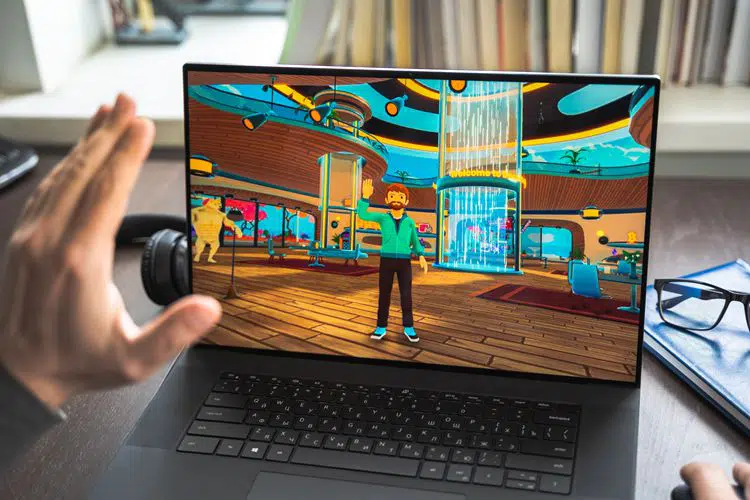
Metaverse societies also mirror the laws of equity and justice like real societies.
This same logic can theoretically be extended to any decentralized digital ecosystem, since incentives are only useful in the presence of adequate property rights. In an open ecosystem where participants can enter or exit freely, property rights will become the anchor for justice and equality. If an ecosystem becomes so unfair that the average participant can barely survive (think hyperinflationary housing prices), participants can choose to enter another ecosystem at little or no cost, unlike relocating to another city in the physical world. When the ruling whales no longer have the power to control their subjects due to massively reduced transfer costs, they will be forced to maintain justice and equity in the system or risk losing their wealth and power.
Similarly, a socially repressive authoritarian regime can exist only to the extent that its subjects are forced to remain in its jurisdiction. If citizens are free to relocate at minimal cost, authoritarian governments would die out. This is because liquidity does not only apply to assets, but also to populations and livelihoods - think of the individual choice of residence as a "freely flowing energy" or "liquidity consensus" that naturally shifts from undesirable habitats to desirable ones, just like "bad money flowing into good money". Open ecosystems maximize this "liquidity of consensus" because if whales are the "dictators", they will be forced to choose between justice and equality or face ostracization as everyone leaves their "jurisdiction" for fairer systems.

Authoritarian control exists only to the extent that alternative options are either inaccessible or equally undesirable.
In this sense, NFTs not only protect individual rights to their own time and investments, but can also be used to preserve social equity in a digital ecosystem, maintaining social equity through incentives and open competition between individuals. ecosystems. After all, why would anyone continue to participate in an unfair "pay to win" game / metaverse when another competitor offers a better alternative, even if it is simply a fork of the same game / metaverse, albeit with fairer rules for their own participants?
NFT as “hyperliquid real estate
Real estate, both physical and digital, is perhaps one of the most intuitive use cases for NFTs. One of the main sources of real estate value is the uniqueness and exclusivity of the land. Local advantage is an intrinsic quality of the property that commands its speculative value. Do you want a nice view? Only a small percentage of residential properties have it. In this sense, real estate can be thought of as “natural NFTs” guaranteed by geo-localized coordinates, which is perfectly suited to digital NFTs.
However, traditional real estate also presents some challenges: slow market speed and capital efficiency. This is due to the slow and complex real estate transaction process, which can often take months, if not years for each deal. NFTs offer the perfect solution to this liquidity problem by automating complex paperwork and intermediate processes with a blockchain, such as title searches and attorney certifications. NFTs also make lending against property much faster and more affordable, as complex lending processes can be streamlined on a dedicated blockchain with automatically calculated rates.

If you lose your phone, you can still enter your home as long as you remember your NFT private key.
NFTs can also greatly improve capital efficiency in the real estate market through fractional ownership, making real estate investing much more affordable and accessible for the average investor. Similar to the DeFi loan, real estate development funds can be raised into DeFi liquidity pools through a DAO, which can be managed by both the development team and community investors. Investors can deposit pooled funds representing different real estate projects, each with a unique NFT token that is issued when development begins. The NFT token can then be split as an ERC-20 token via DeFi NFT vaults and distributed to investors. This could make real estate investing just a few clicks away for the average investor compared to traditional real estate funds.
Finally, splitting up real estate NFTs could also help existing homeowners sell or borrow against a fraction of their home (or the rent generated by it) and could make collective home ownership more affordable for young adults. Together with DeFi, NFTs could completely revolutionize the real estate market with endless combinations for financial innovation.
NFT as “hypersecure real estate
Unlike most physical assets, real estate is difficult, if not impossible, to transport or hold. This means that it is difficult to sell the ownership rights of a physical property such as an NFT and then retain the actual physical ownership without sophisticated methods. On the other hand, it is quite possible to sell the NFT of a physical artwork and then refuse to destroy or transfer the physical copy to the new owner. This means that, in most cases, the "NFTization" of physical collectibles must be accompanied either by the destruction of the original copy or by the permanent imprint of a digital certificate on the physical copy in order to make it impossible to remove without significantly damaging it. the item.
However, the problems with digitizing physical collectibles do not apply to physical real estate. This is not only due to the easily verifiable non-fungibility of the physical lands themselves, as they are represented by geospatial coordinates, but also to the ease of application of real estate property rights. For example, house keys, locks and alarm systems can be controlled by a proprietary NFT stored on a phone or a backup hardware wallet. This gives the owner full control over the home's security systems and Internet of Things (IoT) networks, making it much more difficult for the average thief to enter the property without making a scene. While this opens up more potential attack vectors in cybersecurity, securing physical properties with NFTs also raises the job requirements for thieves to ten years of experience and a PhD in computer science!

This guy is also about to lose his job, so better apply for a computer science degree early.
Digital real estate in the NFT metaverse is an even sweeter affair. The inherent benefits of digitization provide digital real estate with capital efficiency, speed to market and much higher traffic capacity with scalable bandwidth. Imagine having your digital museum visited by five million tourists at the same time, if this were to happen in a physical museum, visitors would have to be compressed to the size of a mouse to enter! It is also much easier to enforce property rights in the NFT metaverse, as the old saying goes: not your keys, not your coins. With NFT metaverse real estate, there are no physical doors, locks or alarms, you don't have to manage your security or outsource it. Since the metaverse blockchain itself is the security platform for your property, your security is essentially the consensus and incentives that sustain the ecosystem. By aligning participants' incentives to the metaverse, a strong platform would incentivize all participants to continuously maintain and improve its security. This makes the NFT metaverse real estate communities the ultimate "neighborhood check".
NFTs as Tokenized Individual Rights
Tokenized rights are not new to the cryptosphere, but the usefulness of fungible tokens in representing individual rights is limited compared to that of NFTs. This is because NFTs could offer bespoke rights and contracts to different individuals based on their unique NFT identities and terms of the contract.
An example of identity-specific unique rights would be rental tokens. A vehicle rental service might issue NFTs for rental agreements, which are required for renters to drive their rental vehicles. Like a single-use digital key, the rental agreement NFT could bind the NFT of the specific rented vehicle to the renter's NFT identity for a specified period of time under the agreed terms. Similarly, this could be compared to using the renter's own driver's license as the key to the rented vehicle. This could greatly improve the security, transparency and accountability of rental markets.
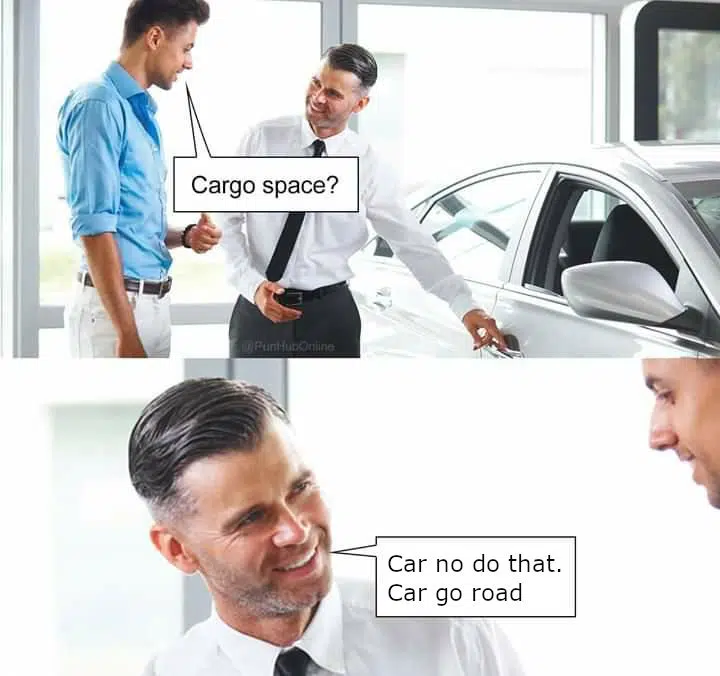
NFT rental agreements can automatically enforce terms of use, eliminating the need for verbal instructions to customers. Image via Reddit
Similarly, the same NFT contracts may apply to hotel bookings, rental apartments, and other specific conditional rights and contracts that cannot easily be represented with fungible tokens, such as insurance, binding contracts, or inheritance, etc. These legal frameworks can be enforced through DAO token incentives, or even executed automatically with a sophisticated on-chain system in the future.
NFT as a verifiable record
Blockchains are not simply immutable records of unique wallets and transactions, they are also immutable "bundles of history". Each block is a definitive record of time as segments of on-chain events encapsulated in publicly verifiable blocks of information. Think of blockchains as clocks, but instead of tracking time through the smooth, cyclic movement of the hands, blockchains track time linearly by recording chain events as an encrypted sequence of information. In this way, blockchains can also be thought of as an alternative representation of time as linear sequences of events.
Unlike fungible cryptocurrencies, NFTs add a second level of detail to "blockchain time" by recording unique and non-fungible information of what exactly is traded on-chain. This could be anything from owning unique digital artwork to something as simple as a digital serial number, which can be very useful for product certification, supply chain management, and tracking various records such as product maintenance and quality control. VeChain, for example, is one of several blockchain projects that are dedicated to supply chain management.
NFTs can be applied in manufacturing, processing and logistics across IoT (Internet of Things) supply chains that automatically track the production and transportation of physical goods with automated sensors built into the blockchain. This could include product origin, source material, and certification for both individual parts (such as original vehicle parts) and complete products (such as food, appliances, luxury goods). A good example of an IoT-based supply chain management blockchain is Ambrosus networkwhich deploys IoT sensor networks in production lines for business needs. Although the Ambrosus network does not use NFTs in its system, NFTs could be included to further improve transparency and accountability across the entire production line, especially for high-value goods.

Even better, NFT supply chains may allow you to pay the grower on the other side of the world directly for your coffee with cryptocurrencies.
As more blockchain applications integrate with each other in the Web 3.0 ecosystem, the repetitive tasks that are traditionally handled by human labor will shift to automated blockchains. Automated blockchain administration for logistics, certification and verification of supply chains and real-world assets will become mainstream for competitive platforms and service providers. Vehicle mileage and repair histories can no longer be tampered with, and "fair trade" labels on products will be fully transparent.
NFT as an identity
Finally, we have to ask ourselves the question: who exactly do NFTs represent? After all, work, ownership, history, and verifiable uniqueness could only have meaning in a society of free individuals, each with a unique identity. But what exactly constitutes our identity? Is it our appearance? Relations? Personality? DNA? Or maybe our memories? While all of these things play an important role in our identity aside from DNA, they could all change or distort significantly over the course of our life. But one thing that doesn't change is the story itself.
NFTs can represent the unique humans behind digital identities with "provably unique stories" without the need for third party verifiers. NFT identities can be used to record the choices, efforts, investments and interactions of each unique participant in the digital ecosystem of Web 3.0. You can forge a passport, but you cannot forge an NFT. Tired of SIM swaps? This cannot happen with NFT identity verification. Scammers and impostors will easily be exposed through the verifiable story behind each identity, while decentralized consensus-based governance will provide the incentive mechanisms to "fine-tune" the balance between privacy and ecosystem transparency in the long run. By storing the past and present of each individual on the blockchain internet, individual identities can be provably immortalized in the collective memory of the blockchain's history.

That feeling when you discover that your electronic girlfriend in World of Warcraft is actually a boy.
NFT identities are not limited to individual identities, but can be used to represent any symbolic identity in a digital format, such as group membership, brand identity, ecosystem specialty or even the "nationality of the metaverse ". Unique “blockchain-native” brands or product lines could become mainstream in high-end consumer markets. “NFT verification networks” could provide much greater transparency to international trade, particularly in products such as organic food, “zero emission” commodities, limited production goods and authentic specialty products with traceable origins.
At the macro level, entire "metaverse cities" or even "crypto nations", each with unique NFT signatures and different "specialties" could create new forms of stateless and permissionless community identities. For example, a “Cryptopunk Museum” housed in a virtual reality “NFT capital” that exists purely on the blockchain could become a future “Web 3.0 tourist attraction”. Entire "digital cities" could exist based on demonstrable ownership of NFTs as community identities similar to, but better than, passports, creating a whole new world of digital societies.
Perhaps one day tourists will no longer use their passport to travel to the physical world, as the NFT metaverse will offer a comparable experience through the "digital tourism" industry, where tourists can travel freely through the boundless cyberspace created and owned by the world. collective imagination of each "citizen of the metaverse".
Conclusion: NFT, the building blocks of the digital future
So here are 6 more use cases for NFTs, each of which has significant ramifications for the digitized future. In conclusion, NFTs as “proofs of work” for metaverse participants make individual contributions much more meaningful and responsible. NFT PoW creates a more stable "liquidity of consensus" that enforces fairness and balance in metaverse societies through open competition of the "rules of the game". Both physical and digital properties could benefit from the "hyperliquidity" and "hypersecurity" offered by NFT technology. NFTs can improve the security and efficiency of tokenized single rights by eliminating trusted intermediaries and automating highly sensitive contracts. NFTs can also be used as the ultimate transparency and accountability tool for many industries such as manufacturing and logistics. Finally, and most importantly, NFTs offer a new way to establish and verify social identities in the digital metaverse from the individual level up to the collective level.
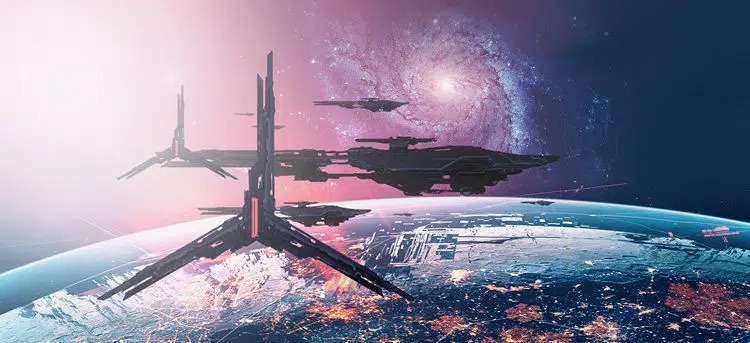
The digital metaverse will be the maximum expression of collective human creativity.
While digital collectables, metaverse contributions, and real estate are just three of the most basic functions NFTs can provide in the short term, the ability for NFTs to represent provably unique records, histories, rights and identities makes NFTs an integral foundation. to build a truly individualized metaverse that best expresses true diversity and social freedom.
In conclusion, NFTs provide an extra layer of truth to the blockchain and make it possible for us to give individualized value to the fiduciary revolution of decentralized technology. NFT technology will reshape the framework in which human societies function by simplifying the provability of uniqueness in a trustless system, bringing The revolution of trust of decentralized blockchain technology to the next step in the form of The revolution of value.
Disclaimer: These are the writer's views and should not be considered investment advice. Readers should do their research.
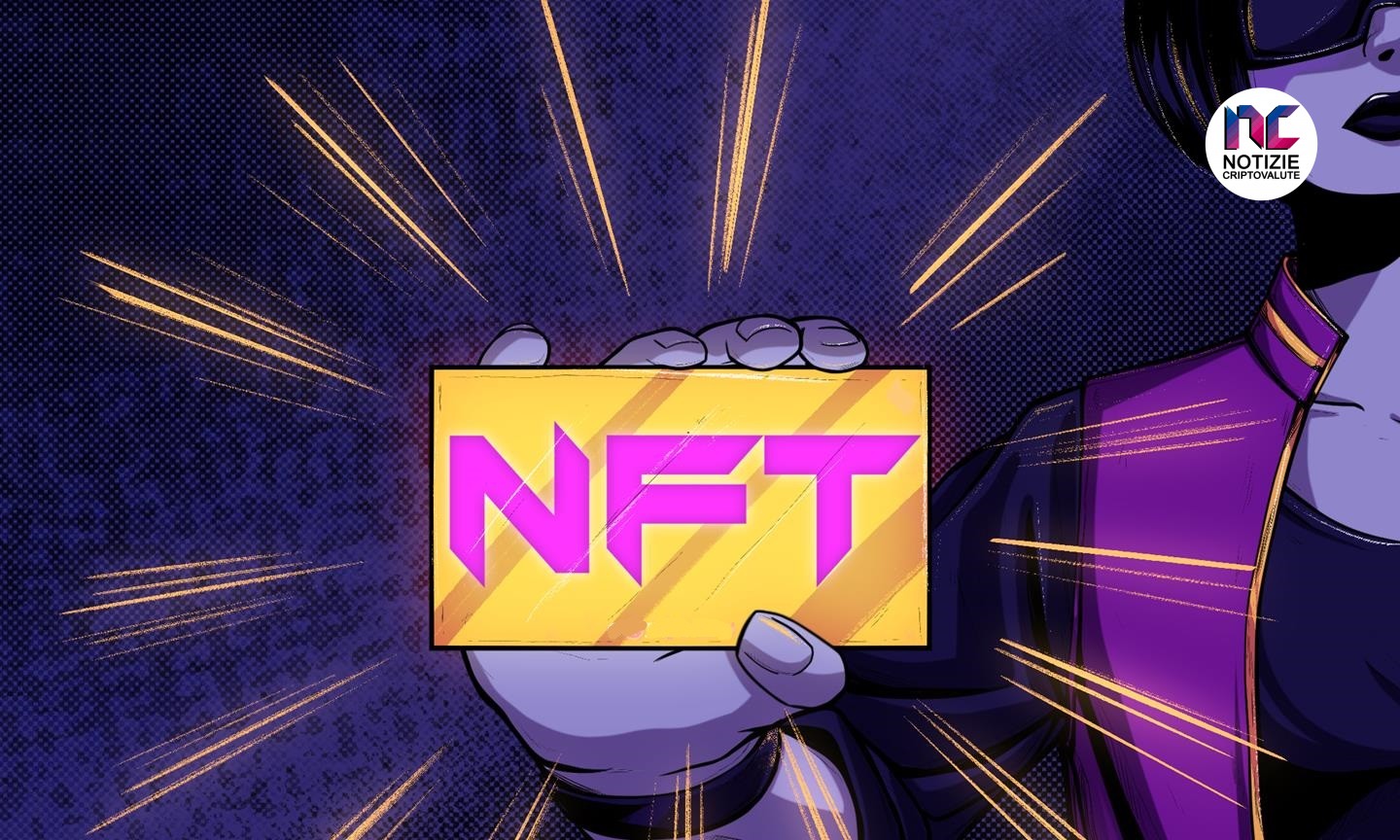

Hello and thank you for this wonderful post, you immediately see that you are practical people in the sector